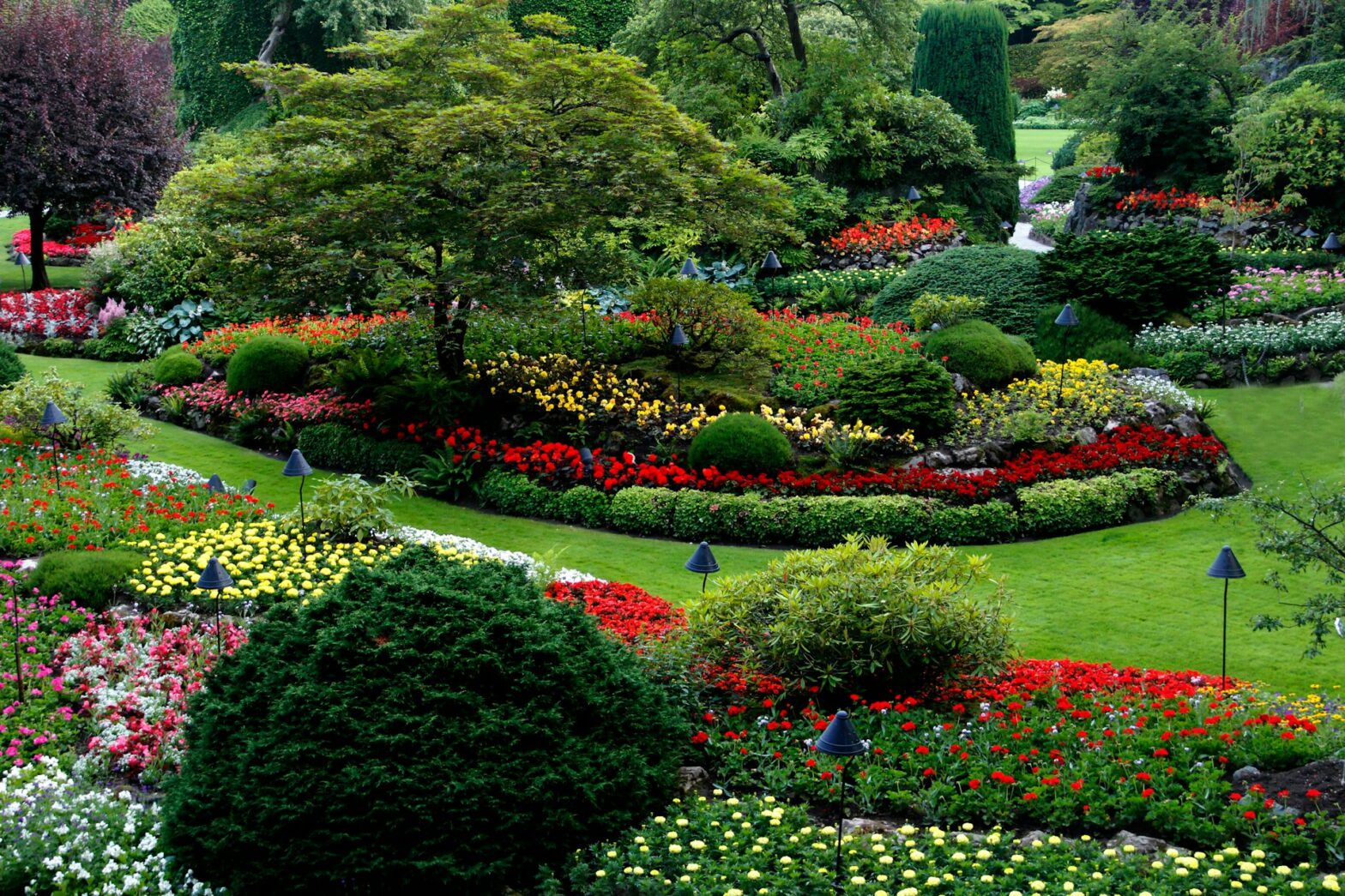Commercial properties demand precise management of exterior environments to preserve professional appearance and asset values. Properly maintained landscapes establish favorable initial customer, client, and staff impressions while supporting business performance.
Property administrators prioritising exterior spaces frequently experience enhanced tenant contentment, increased visitor traffic, and improved property attractiveness. Strategic landscape management safeguards investments while creating appealing outdoor settings reflecting organisational standards and professionalism.
Create a Thorough Landscape Care Strategy
Creating detailed landscape maintenance strategies establishes the foundation for effective commercial property management. Start with comprehensive property assessment, considering vegetation varieties, soil characteristics, and regional climate factors. Develop specific scheduling outlining routine maintenance activities including mowing, trimming, fertilisation, and watering.
Incorporate seasonal variations and meteorological conditions, as these elements influence maintenance timing and frequency requirements. Through implementing structured maintenance programming, commercial landscapes maintain health, visual appeal, and consistent upkeep year-round.
Prioritise Soil Health and Plant Nutrition
Optimal soil composition establishes fundamental support for commercial landscape vitality. Analytical soil examination identifies acidity measurements, nutritional inadequacies, and organic content levels directly influencing vegetation performance. Commercial environments frequently encounter soil density challenges resulting from pedestrian impact and development processes, necessitating oxygen introduction and biological amendments restoring hydrological function and root expansion capabilities.
Implementing landscaping best practices for commercial properties includes developing specialised fertilisation protocols aligned with specific botanical varieties and regional environmental conditions. Extended-release nutritional products deliver consistent plant nourishment throughout vegetative cycles while minimising application requirements. Organic substance incorporation improves structural composition, moisture conservation, and beneficial microorganism proliferation, supporting sustained botanical health.
Prioritise Lawn Care
Maintain consistent cutting, border definition, and detail trimming schedules, ensuring turf appearance and health. Apply appropriate fertilisation protocols utilising extended-release, nitrogen-enhanced products, promoting consistent growth while reducing environmental water contamination.
Vegetation management remains essential, as elevated temperatures accelerate unwanted plant development; employ specific herbicides or natural control methods for unwanted vegetation suppression. Lastly, it provides sufficient hydration, preventing moisture deficiency while ensuring proper water dispersal and avoiding fungal development and related moisture complications.
Invest in Professional Irrigation System Management
Water management constitutes essential commercial landscape maintenance elements. Contemporary irrigation technologies incorporating intelligent control mechanisms and soil saturation detection systems optimise water conservation while maintaining adequate plant hydration. These advanced systems automatically modify distribution schedules according to atmospheric conditions, substrate moisture measurements, and seasonal vegetation requirements.
Systematic irrigation evaluation identifies damaged distribution components, obstructed emission devices, and suboptimal distribution patterns causing resource inefficiency and irregular plant development. Professional assessment enables precise calibration, delivering specific hydration volumes to distinct vegetation zones, accommodating varied requirements between turfgrass installations, ornamental plantings, and mature arboreal specimens.
Embrace Sustainable Practices
Environmental sustainability integration represents growing significance within commercial landscape maintenance protocols. Strategic implementation includes indigenous and environmentally compatible botanical selection. Native species demonstrate natural adaptation to regional climatic conditions and soil compositions. This reduces irrigation, nutritional supplementation, and pest management requirements compared to introduced varieties.
Environmentally-advantageous selections, including minimal-growth, drought-resistant ground coverage materials, reduce maintenance requirements while minimising ecological impact. Supplementary sustainable methodologies incorporate vegetative waste conversion through decomposition processes, transforming lawn trimmings and pruned materials into natural fertilisation compounds. This approach simultaneously reduces waste production while enhancing soil vitality and nutritional composition.
Endnote
Effective commercial landscape maintenance requires commitment to professional standards and proactive management approaches that preserve property investments while creating attractive outdoor environments for all users.



























